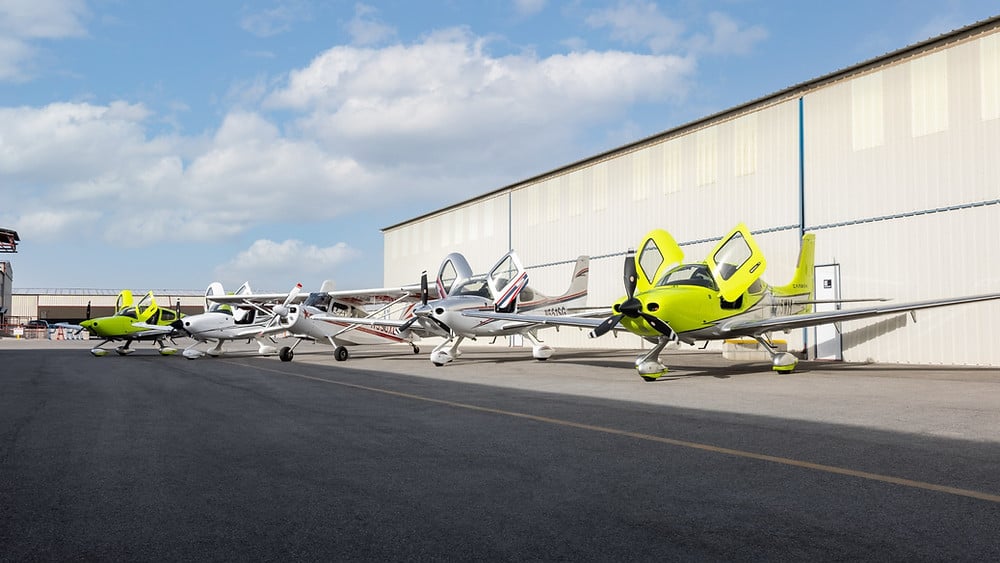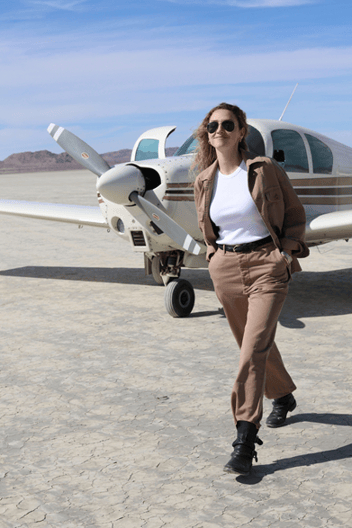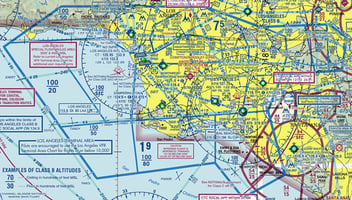Are small airplanes safe to fly?
Dispelling a common myth surrounding general aviation
As a commercial pilot and flight instructor, flying planes isn't only my greatest passion in life, it has in many ways become as natural as driving a car. Nothing makes me more excited than sharing stories with friends and family, so you can imagine my shock when I hear responses like, “oh, small planes are not for me,” or, “you will never get me in a plane that small.”
We pilots cannot imagine a life without aviation, and so go to great lengths to both understand and mitigate risks associated with flying. After-all, doesn't every pilot have a strong incentive to ensure flights are conducted in a safe manner?
I often find myself explaining how truly safe “small airplanes” are. This article aims to address three of the many important topics deserving of conversation, particularly for new pilots or passengers. So, how should we approach assessing whether flying is safe?
Weather
If you want to know the weather… date a pilot. With weather being a key factor affecting flight safety, it is critical that pilots be able to quickly and accurately interpret signs of bad weather. More importantly, they need to be proficient in reading meteorological charts and forecasts to determine weather prior to a flight. Though the airlines have full teams dedicated to dispatching and supporting flights, general aviation pilots also have many services and resources available to them. From ForeFlight to 1800-wxbrief, we have 24/7 access to professional weather briefings at our fingertips. With these tools and good judgment, pilots have what they need to accurately assess whether a flight can safely be completed in the given set of weather conditions.
Redundancy
Most general aviation airplanes do not have the luxury of redundant systems, typically due to weight and financial constraints. With that said, the situation is improving, with general aviation aircraft manufacturers now more commonly incorporating redundancy as a design principle. Cirrus Aircraft stands out as being among the most forward-thinking manufacturer, with their planes including dual alternators and batteries, as well as dual GPS receivers and ADAHRS (Air Data Attitude Heading Reference System). Furthermore, every Cirrus airframe is equipped with the Cirrus Airframe Parachute System (CAPS) as a safety backstop.
Training
The FAA requires a minimum 40 hours of flight time to become a Private Pilot, though most aviators get their wings after logging around 60 hours. With instructors focused on being thorough and safety-conscious, you will be challenged to think ahead and make safe decisions across a range of situations. Among the most important skills you will develop is your Aeronautical Decision Making skill-set, which refers to one's ability to effectively recognize, analyze and proactively mitigate risks associated with a given flight.
This conversation could easily continue across additional examples illustrating how general aviation go to great measures to identify and address risks. The training pilots undergo is intense, regardless if one's goal is to make it to the airlines or fly the family on weekend adventures. This training creates exceptional aviators who are proficient at using all available resources to make safe and sound decisions. The next time you have a prospective passenger who expresses discomfort, take time to have a real conversation with them about everything that goes into ensuring flight safety.



